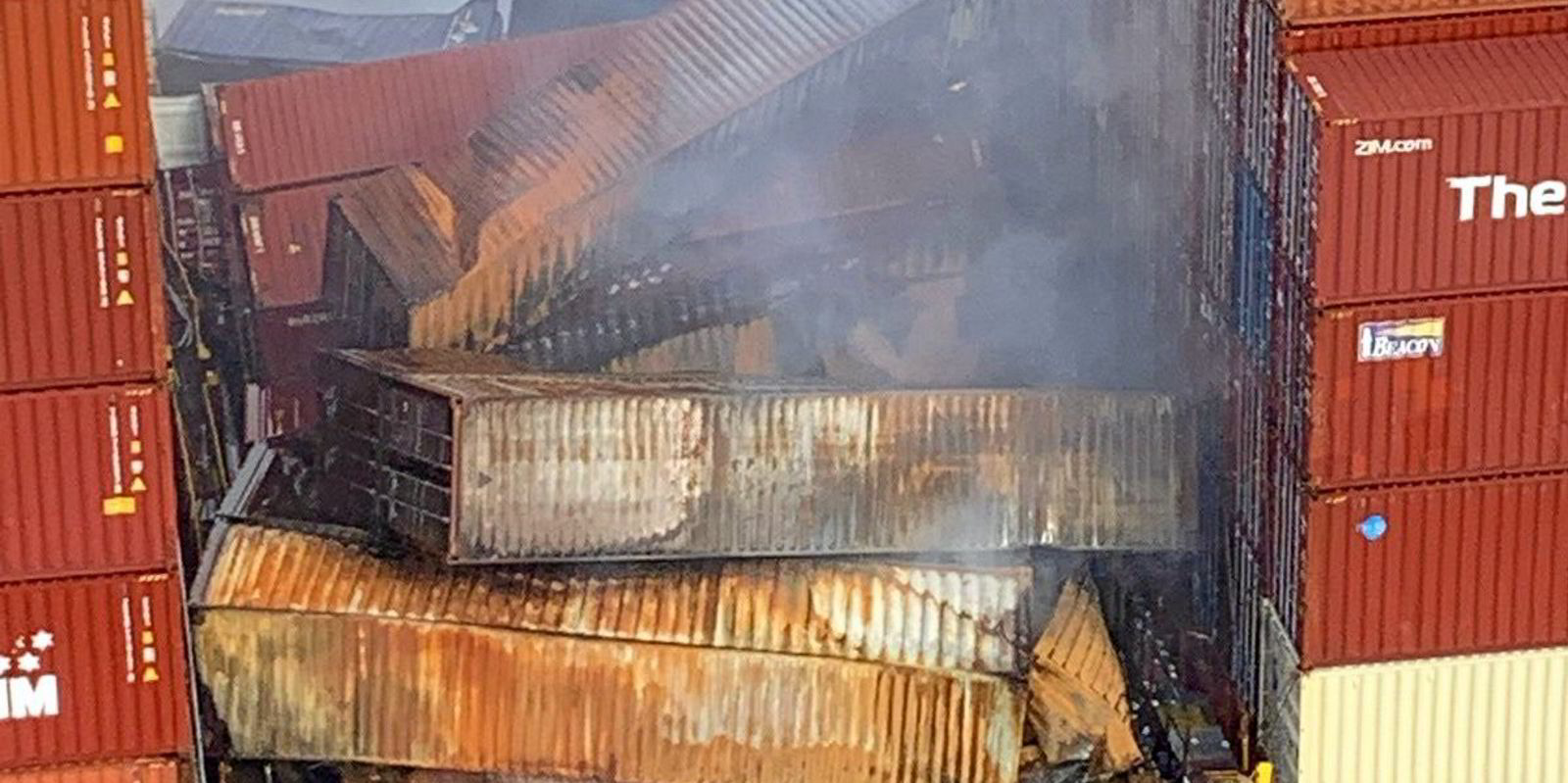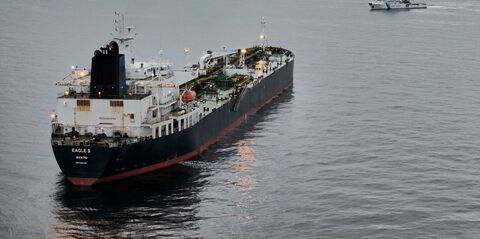The Canadian Coast Guard (CCG) has almost tripled the reported number of containers that fell overboard from a Zim-operated boxship during Friday's cargo fire off Vancouver.
The CCG said on Wednesday that 109 boxes fell off the 4,253-teu Zim Kingston (built 2008) in a storm during which several boxes containing a hazardous chemical onboard the vessel caught fire.
"It has now been determined that 109 containers fell overboard, not 40 as originally estimated via aircraft observation shortly after the incident," the CCG said in an incident update.
But the number of boxes containing potassium amyl xanthate — a flammable, toxic substance used in mining — that have fallen into the sea remain at two, as previously reported, the CCG said.
The rest of them contain Christmas decorations, sofas, poker tables, metal car parts, clothing, toys, yoga mats, stand-up paddleboards, industrial parts and toys.
"Unified Command expects that some of the containers have sunk and the Environmental Unit will assess for potential impacts," the CCG wrote on its Facebook page.
"No containers or debris have been reported on shore, however the National Aerial Surveillance Program (NASP) and our helicopters will be searching today, depending on weather."
Headed to shore
The boxes, which are being tracked via helicopter by the CCG and Transport and Infrastructure Canada's NASP unit, may reach Northern Vancouver Island's Cape Scott and wash ashore, the CCG said.
Danaos Corp, the vessel's owner, is working with the CCG's incident command to find and recover the containers, but stormy weather and large swells have hindered that effort.
The ship, which is carrying almost 2,000 containers, is anchored 4.7 nautical miles offshore while salvage experts wait to remove or secure damaged boxes once the fire is fully extinguished, the CCG said.
Transport and Infrastructure Canada inspectors will then board the ship, to which several crewmembers have returned, to determine and oversee any necessary repairs before the ship can move.
The federal agency will then direct the vessel to a port to be determined for unloading and any further inspections.





